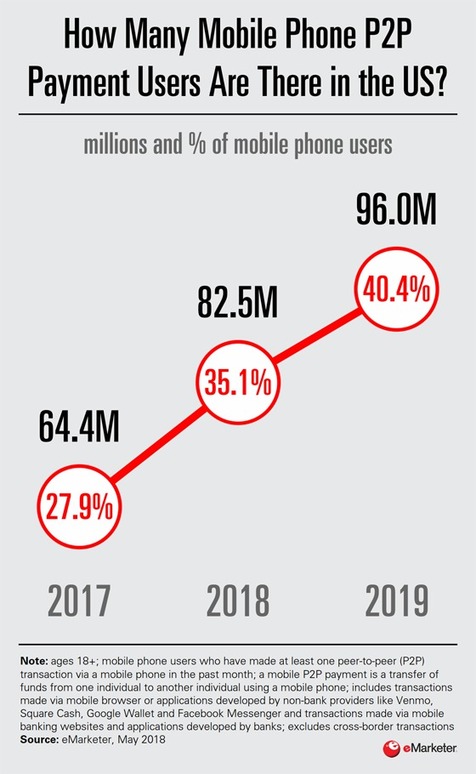Keith Weed on his biggest success: We proved the business case for sustainability
Weed thinks Unilever’s decision to promote a marketer to CEO is a “brilliant” move and he is a big fan of incoming boss Alan Jope.“I’ve known Alan for 33 years – both of us cut our teeth in the US in the early 1990s when it was the place to learn how to be a great marketer. From that day, not only has he been a good friend but he’s also shown himself as a great marketer.”Weed is wary of speaking about the future of Unilever: “I really don’t want to speculate on the future because that’s not up to me.”However, Weed, who will leave the company at the beginning of May next year, will work with Jope when he starts in January. Weed describes his successor as “very much Alan’s call” but says he has already “shared his thoughts” on the future of the role and what a marketing leader needs to succeed.I do believe miserable people deliver miserable results and you want to have great results.Keith Weed, Unilever“You need to be curious about people’s lives, curious about what works and what doesn’t work. Marketing leaders should value curiosity, understanding of consumers and consumer trends, and also ensure they are bringing the outside in and really driving growth.”He adds: “If you have to get to the future first you need to have a view of where the future is.”Whether FMCG can still get to the future first is up for some debate. Many in the industry have questioned whether FMCG is still the breeding ground for marketers it once was amid mounting challenges from digital disruptors and direct-to-consumer brands that are seen as closer to their consumers.










